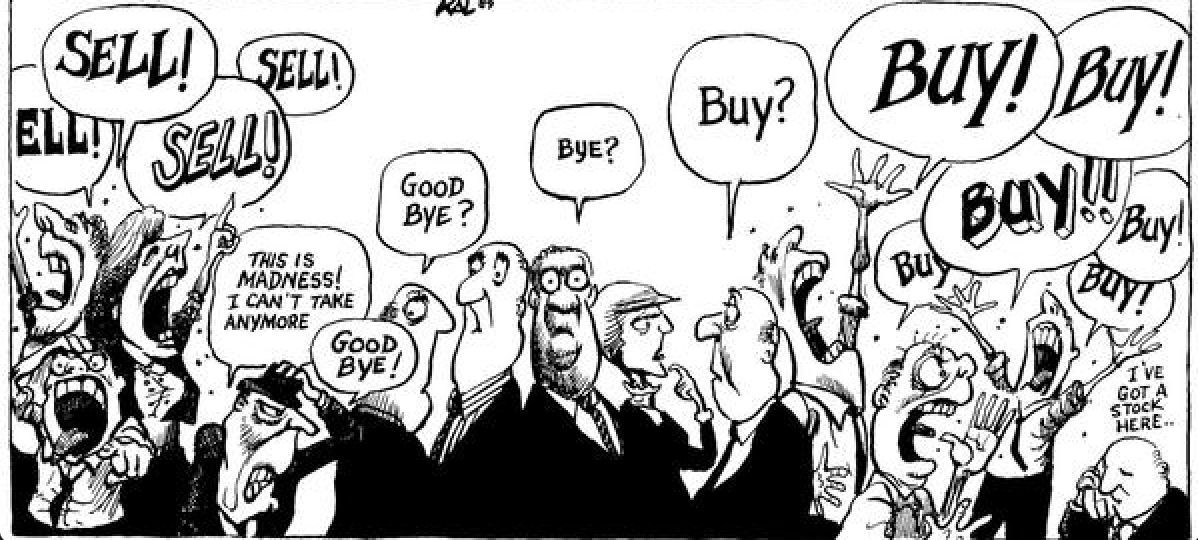I recently made the distinction here, with a little help from Ben Graham, between investing and speculating. Over the past decade, markets have become overrun with speculators while investors have become an endangered species. “Price-insensitive buying,” as it has been called, has come to dominate markets from fixed income to equities and it is largely to blame for the economic problems we now face.
It all began with the Fed’s initiation of “quantitative easing” which was designed to push down treasury yields and force investors farther out on the risk curve. Paired with “zero interest rate policy” for the better part of the last decade, investors eagerly moved into corporate credit in an epic “reach for yield.” As a result of the all of this easy money, American companies took on an inordinate amount of debt resulting in the greatest collective leverage relative to the economy we have ever seen.
Rather than putting all of the cash raised through new debt issuance to work in productive ways, let alone just saving it for a rainy day, companies embarked on the greatest debt-for-equity swap in history, buying back trillions in stock and hollowing out their balance sheets in the process. This was done primarily to manipulate their shares higher to enrich executives exercising stock options and selling into the market at the very same time they directed the company to be buying.
Meanwhile, investors became enamored with the idea of passive investing which was reinforced by the performance of stock prices pushed higher by corporate demand. Furthermore, the trend towards passive investing enabled this process to extend as far as it did as the abandonment of any analysis whatsoever meant companies were not held to account by shareholders for their blatant financial engineering which promoted short-term stock price gains at the cost of long-term financial strength and sustainability.
Now that we are hitting another rough patch in the economy, a very serious one to be sure, these same companies are left without a safety net in the form of cash saved for a rainy day. They sold it, in order to pad the pockets of top management. At the same time, they decided to take on more risk than ever before in the form of record debt loads. Still, they have the gall to beg for a bailout from the federal government. And they will, in all likelihood, get it.
The potential exploding of this corporate debt bomb presents a terrific risk to the broad economy. For this reason alone companies are likely to be supported by the government. However, with a trillion-dollar annual fiscal deficit already, the cost of supporting an economy that has become uniquely fragile due to corporate debt loads may be so great as to put the nation’s currency at risk. And a sovereign debt crisis could be a much bigger problem than a corporate debt crisis.
At some point, though, we should take a step back and study the chain of events here. It was the bailout made necessary by the financial crisis that created both the financial environment and moral hazard that sowed the seeds of the current crisis. The Fed’s price-insensitive buying of treasuries inspired investors’ price-insensitive buying of corporate debt which enabled corporations’ price-insensitive buying of their own shares which both inspired and was also enabled by price-insensitive buying on the part of equity investors.
The moral of the story here is that widespread price-insensitive buying eventually guarantees bad outcomes. Central bankers, corporations and investors alike should hopefully recognize at this point that only through disciplined analysis and discerning judgement can we have both a sustainable economic system and financial markets that operate efficiently at deploying capital effectively.

